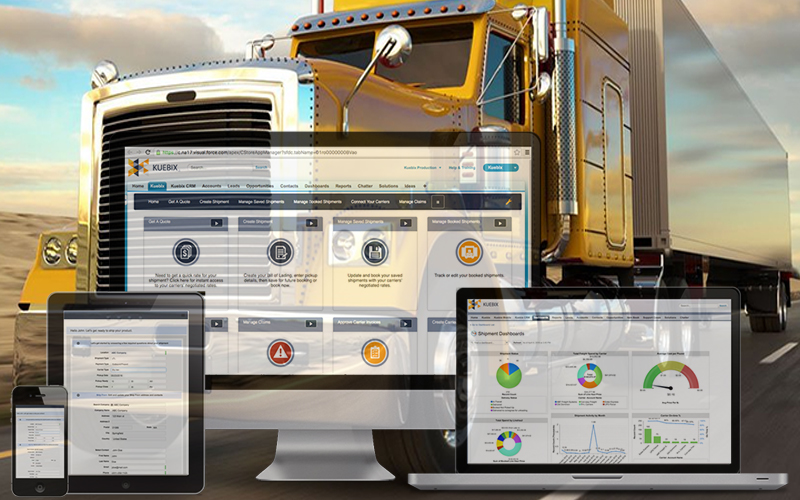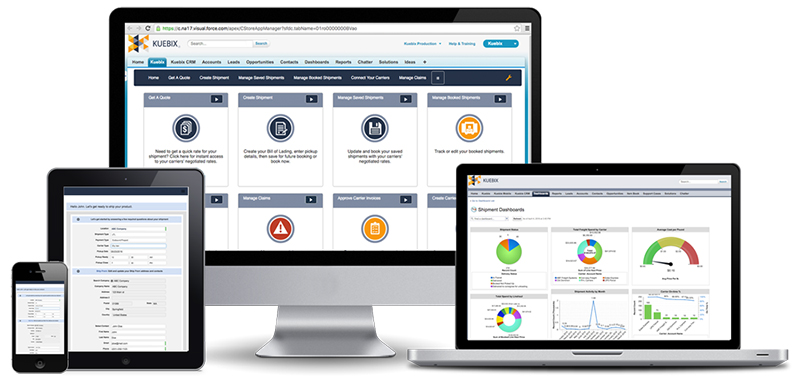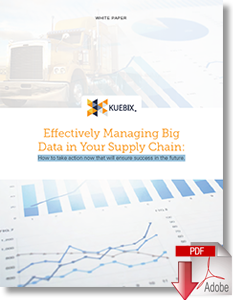If the amount of data flowing into, out of, and within the four walls of your company is out of control, you’re not alone.
Organizations of all sizes are experiencing the impact of the Information Age, and even government agencies admit that they’re feeling overwhelmed by data fatigue right now.
The National Security Administration isn’t even immune to this problem.
In NSA is so overwhelmed with data, it’s no longer effective, says whistleblower, William Binney, a former NSA official who spent more than three decades at the agency, said the U.S. government’s mass surveillance programs have become so engorged with data that they are no longer effective, losing vital intelligence in the fray.
Credit that fact that the world’s data volumes have grown in astronomical leaps over the last few years with creating this level of data fatigue.
And as the variety and velocity of data has grown, the usefulness of traditional data warehousing strategies has decreased exponentially.
It Keeps Going and Going and Going…
By 2025, research firm IDC believes the total amount of digital data created by the world will reach 180 zettabytes, up from 4.4 zettabytes in 2013.
The astounding growth comes from both the number of devices generating data as well as the number of sensors in each device… approximately 11 billion devices connect to the Internet now.
The figure is expected to nearly triple to 30 billion by 2020 and then nearly triple again to 80 billion five years later.
What many companies don’t realize is that with effective management of big data, the ability to leverage information and use it to make better transportation and logistics decisions is readily available.
In fact, after accumulating terabytes of data over the years, most companies already have the foundational information right within their own four walls.
The challenge lies in extracting this data, determining which of it is (and isn’t) useful, and then turning that information into actionable insights.
What This Means in Logistics
The impact data (big data) is having and will continue to have in the logistics industry can’t be overlooked.
Companies are realizing the importance of integrating all modes of carriers and all related data into central data repositories for full visibility of everything from rates and tracking information, to complex reporting and score carding.
And carrier data is just the first step.
The goal is to pool data and allow collaboration among every key stakeholder in a supply chain both external (carriers, suppliers, customers, 3rd party systems) and internal (buyers, accounts payable, logistics, warehouse, procurement, executive team).
When this is achieved, a whole new world of supply chain efficiency becomes possible.
About the Author
Dan Clark, Founder and President of Kuebix, is a transportation industry veteran. He possesses extensive operations and sales experience gained from years of working with the leading freight carriers.
Related: Supply Chain & Big Data ÷ Analytics = Innovation
4 Ways to Tame Big Data Overload
Good data management allows companies to more efficiently and effectively orchestrate their global supply chains. The good news is that leading organizations have found ways to harness their data in creative, intelligent ways and, in return, have gained a competitive advantage.
Here are 4 ways that companies are taking their big data and using it to their advantage:
- Connecting all of their business partners on a single, integrated, cloud-based platform. By connecting all of your business partners, suppliers, customers, and other entities via a single, cloud-based platform that’s accessible 24/7/365, all parties gain extreme efficiencies and improved data management capabilities.
- Leveraging the data to improve global logistics planning. Look at how incoming data can be used to plan logistics movements (e.g., freight, ordering, carrier relationships, etc.), then consider how your company can be more efficient by leveraging the data housed in its central repository. This, in turn, leads to significant transportation and logistics efficiencies.
- Gaining real-time supply chain visibility by breaking down information silos. By gaining real-time visibility over the information, and then sharing those insights with all stakeholders (e.g., suppliers, customers, carriers, accounting, logistics, warehousing, etc.), companies can effectively break down any existing information “silos” within their supply chains.
- Optimize internal processes using regular audits. Don’t just set it and forget it. Continually ask questions like, “Was there a better way we could have moved this freight?” or “Were there other, more cost-effective modes available?” The answers will help you find better ways to do things in the future.
For companies that want to break out of data fatigue mode and begin leveraging their valuable data, the best first step is to take inventory of current, available data and then decide how that information can be parlayed into actionable business intelligence.
Then ask yourself what data - from a strategic perspective - will truly help your company achieve its current and future goals.
Download the Paper: Effectively Managing Big Data in Your Supply Chain
Get started today with your FREE TMS Trial!

Article topics
Email Sign Up




















